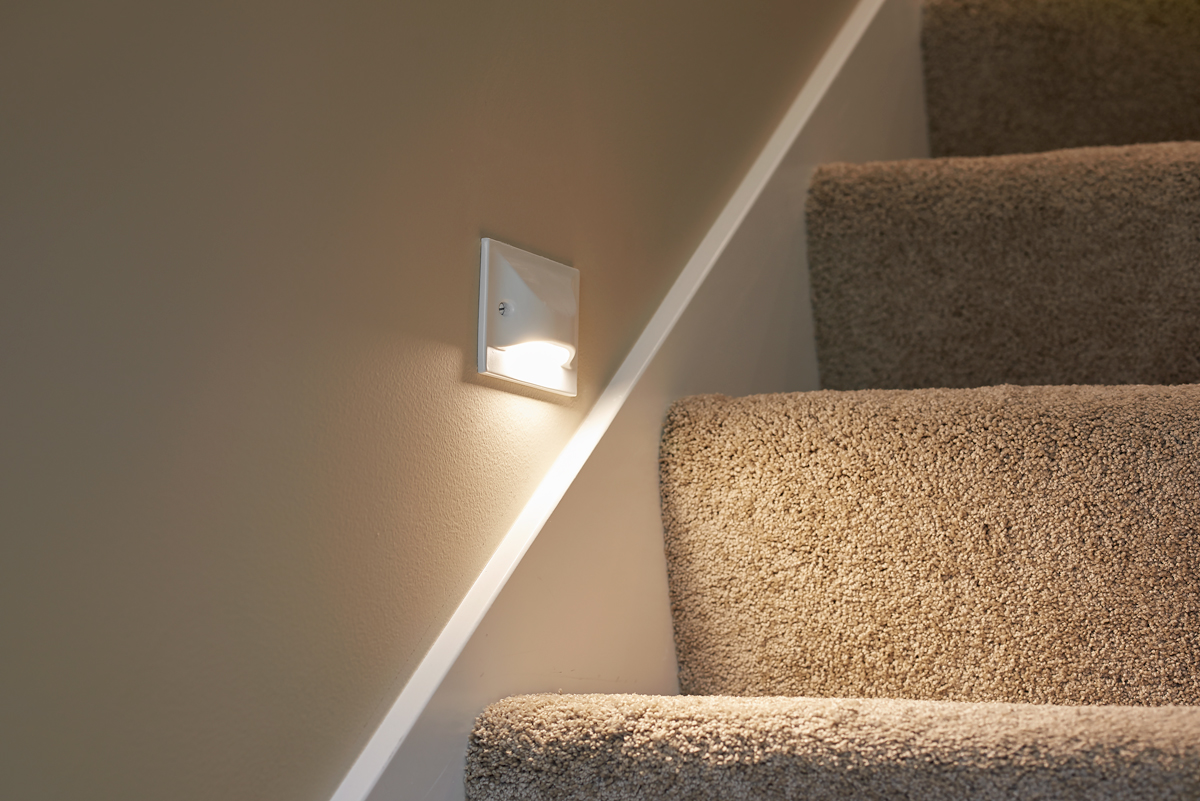Aging brings changes that may make your current home difficult to navigate or potentially unsafe. Enter technology—what is being called smart home technology is making it possible for people to stay in their own homes and remain independent longer than ever before.
What is a smart home?
A smart home is equipped with technological tools and adaptive devices that make the home safer and more comfortable for older adults. These products offer an advantage to caregivers as well by making their job easier and providing them with peace of mind.
There are options for every room in the house that can be customized to your unique needs whether it’s as simple as grab bars in the bathroom or as high-tech as appliances that can be controlled with your cell phone.
Bathroom
Accidents in or around the tub or shower account for more than two-thirds of emergency room visits. Older adults are particularly prone to injury while getting off the toilet according to the Centers for Disease Control and Prevention. The bathroom can be made a safer place with a few adjustments such as grab bars around the tub or shower and toilet, a no lip shower, higher toilets and anti-scald faucets. Flooring should be non-slip and there are nightlights that are motion activated to make middle of the night trips to the bathroom safer.
Kitchen
Kitchens are the number one area for home fires and cooking is the leading cause. Electric stoves and ranges are now available with an automatic shut-off feature that makes cooking safer. There are also devices that will allow you to control your appliances with your smart phone making it possible to turn off an oven or stove burner remotely.
Living Area and Bedroom
Falls are the leading cause of injury to seniors according to the National Institute for Health. Fall prevention methods include installing dual handrails along stairs, stair gates, low pile carpeting or wood floors and raised outlets. Motion activated nightlights are also recommended. For the bedroom, there are nightlights that can be positioned under the bed and programmed to go on as soon as someone gets out of bed.
Health Safety
Technology has advanced to the point where it’s possible to monitor a person’s vital signs—including blood pressure, weight, heart rate, pulse oximetry, and blood sugars—remotely—which allows for preventative and proactive care.
Numerous styles of medication dispensers are available, to keep medications safe, provide auditory and visual reminders, and dispense medication as needed, when needed. Some styles can be programmed to communicate with a caregiver ensuring compliance.
“Some of this new technology and many of these adaptive devices are standard in our residences,” said Michael Loughman, director of sales for Holland Home, a senior retirement community with three campuses in Grand Rapids. “Other items are available upon request. We care about the safety of our residents and clients and want to help them maintain their independence as long as possible.”
For more information call, 616-643-2730.

